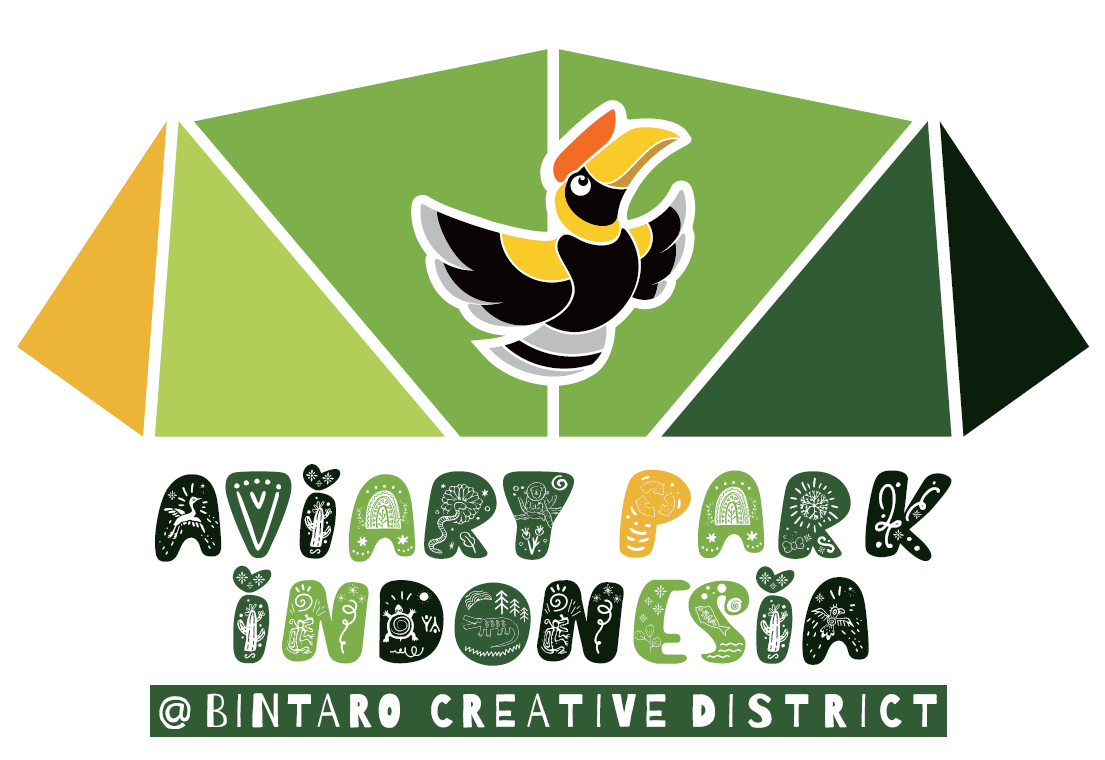Kukang Jawa: The Unique Animal of Indonesia
Indonesia is a country known for its rich biodiversity, with a wide variety of unique and exotic animals that call this archipelago home. One such fascinating creature is the Kukang Jawa, also known as the Javan slow loris. This small, nocturnal primate is native to the forests of Java, Indonesia, and is a beloved symbol of the country’s wildlife.
In this article, we will delve into the world of the Kukang Jawa, exploring its habitat, behavior, conservation status, and more. So sit back, relax, and let’s embark on a journey to discover the wonders of this enchanting animal.
Habitat and Distribution
The Kukang Jawa is primarily found in the tropical rainforests of Java, Indonesia. These lush and dense forests provide the perfect habitat for these slow-moving primates, where they can easily find food, shelter, and safety from predators. The Kukang Jawa is also known to inhabit secondary forests, plantations, and even urban areas, showcasing its adaptability to different environments.
Physical Characteristics
The Kukang Jawa is a small primate, measuring around 30 to 35 centimeters in length and weighing between 600 to 900 grams. It has a round face, large eyes, and a distinctive stripe running from its forehead to its back. One of the most unique features of the Kukang Jawa is its slow and deliberate movements, hence its name “slow loris.” This slow pace helps it blend in with its surroundings and avoid detection by predators.
Behavior and Diet
As a nocturnal animal, the Kukang Jawa is most active during the night, when it forages for food such as insects, fruits, and tree sap. It has a strong grip and sharp teeth, which it uses to extract sap from trees and catch small prey. The Kukang Jawa is a solitary animal, preferring to live alone or in small family groups. It is known for its gentle and docile nature, making it a popular choice among wildlife enthusiasts.
Conservation Status
Despite its popularity, the Kukang Jawa is facing numerous threats to its survival. Habitat loss due to deforestation, illegal pet trade, and hunting for traditional medicine are some of the major challenges that this species is currently facing. Conservation efforts are underway to protect the Kukang Jawa and raise awareness about the importance of preserving its natural habitat.
Frequently Asked Questions About Kukang Jawa
1. What is the scientific name of the Kukang Jawa?
The scientific name of the Kukang Jawa is Nycticebus javanicus.
2. Are Kukang Jawa endangered?
Yes, the Kukang Jawa is listed as endangered on the IUCN Red List due to habitat loss and poaching.
3. How many species of slow loris are there in Indonesia?
There are several species of slow loris in Indonesia, including the Kukang Jawa, Kukang Sumatra, and Kukang Kalimantan.
4. What is the diet of the Kukang Jawa?
The Kukang Jawa primarily feeds on insects, fruits, and tree sap.
5. Can Kukang Jawa be kept as pets?
It is illegal to keep Kukang Jawa as pets due to their protected status and conservation concerns.
6. What are the unique features of the Kukang Jawa?
The Kukang Jawa has large eyes, a round face, and a distinctive stripe running from its forehead to its back.
7. Where can I see Kukang Jawa in the wild?
You can spot Kukang Jawa in the forests of Java, Indonesia, during night hikes or guided wildlife tours.
8. How can I contribute to the conservation of Kukang Jawa?
You can support conservation organizations, avoid purchasing products made from endangered species, and raise awareness about the importance of protecting wildlife.
9. What are the main threats to Kukang Jawa?
Habitat loss, illegal pet trade, and hunting for traditional medicine are the main threats to the Kukang Jawa.
10. Why is the Kukang Jawa important to Indonesia’s ecosystem?
The Kukang Jawa plays a crucial role in maintaining the balance of the ecosystem by controlling insect populations and dispersing seeds.
In conclusion, the Kukang Jawa is a unique and fascinating animal that symbolizes the rich biodiversity of Indonesia. By learning more about this enchanting primate and supporting conservation efforts, we can help ensure a brighter future for the Kukang Jawa and other endangered species in the wild. Let’s work together to protect and preserve the natural treasures of Indonesia for future generations to enjoy.
